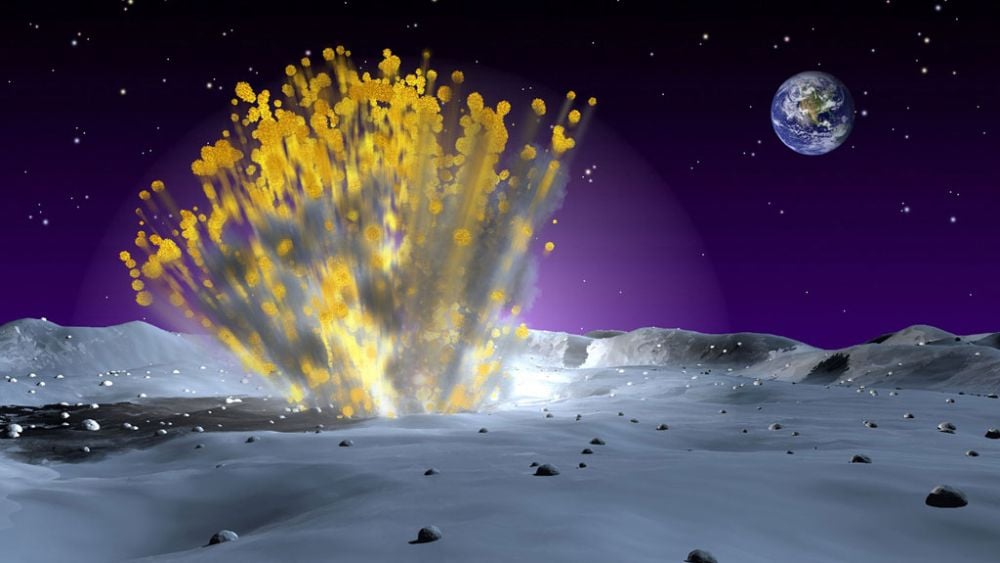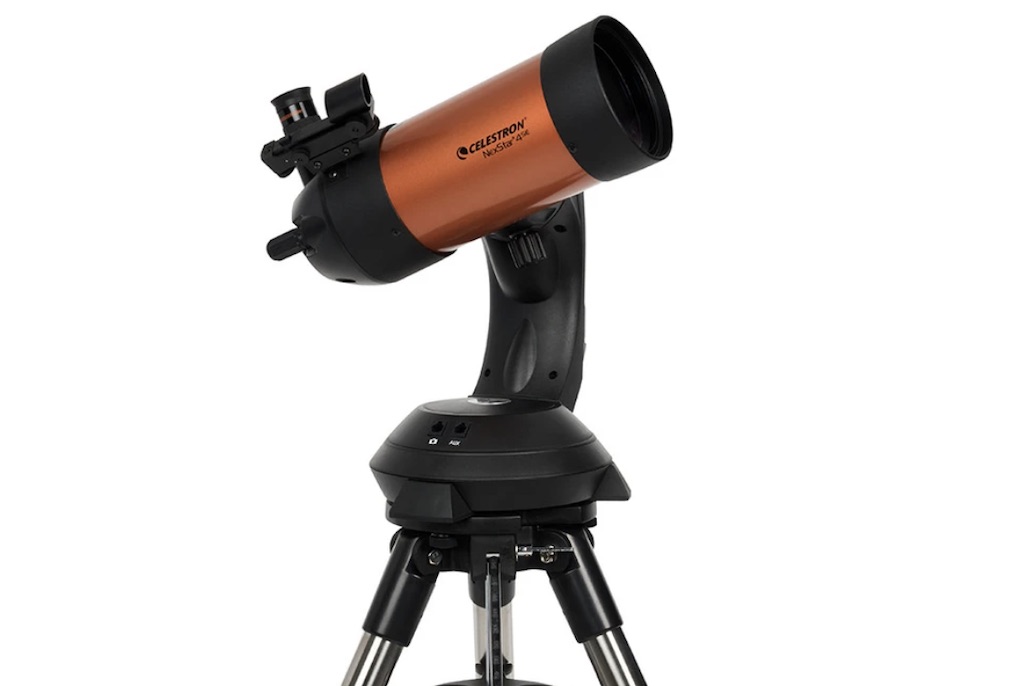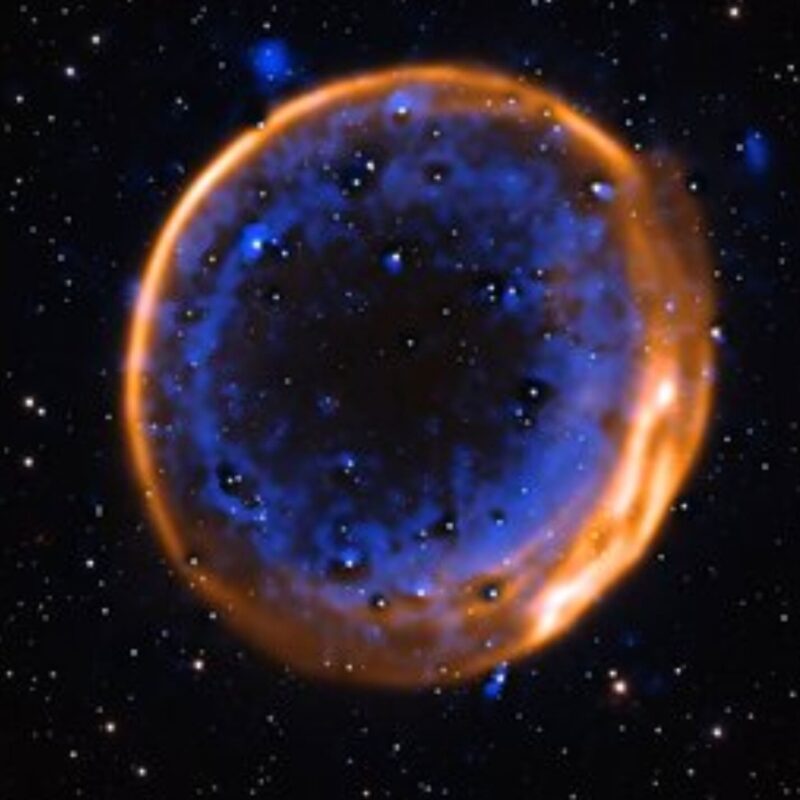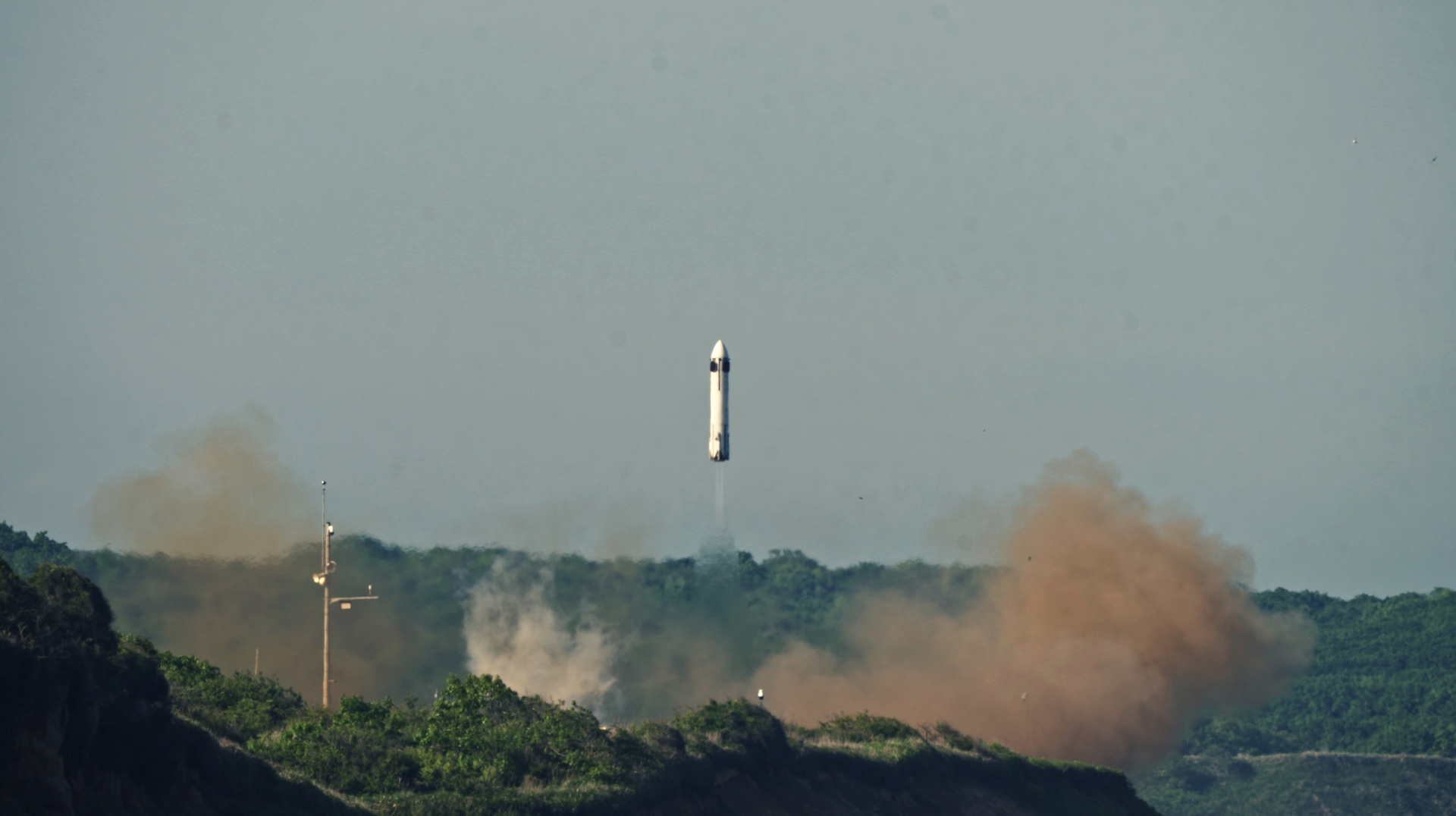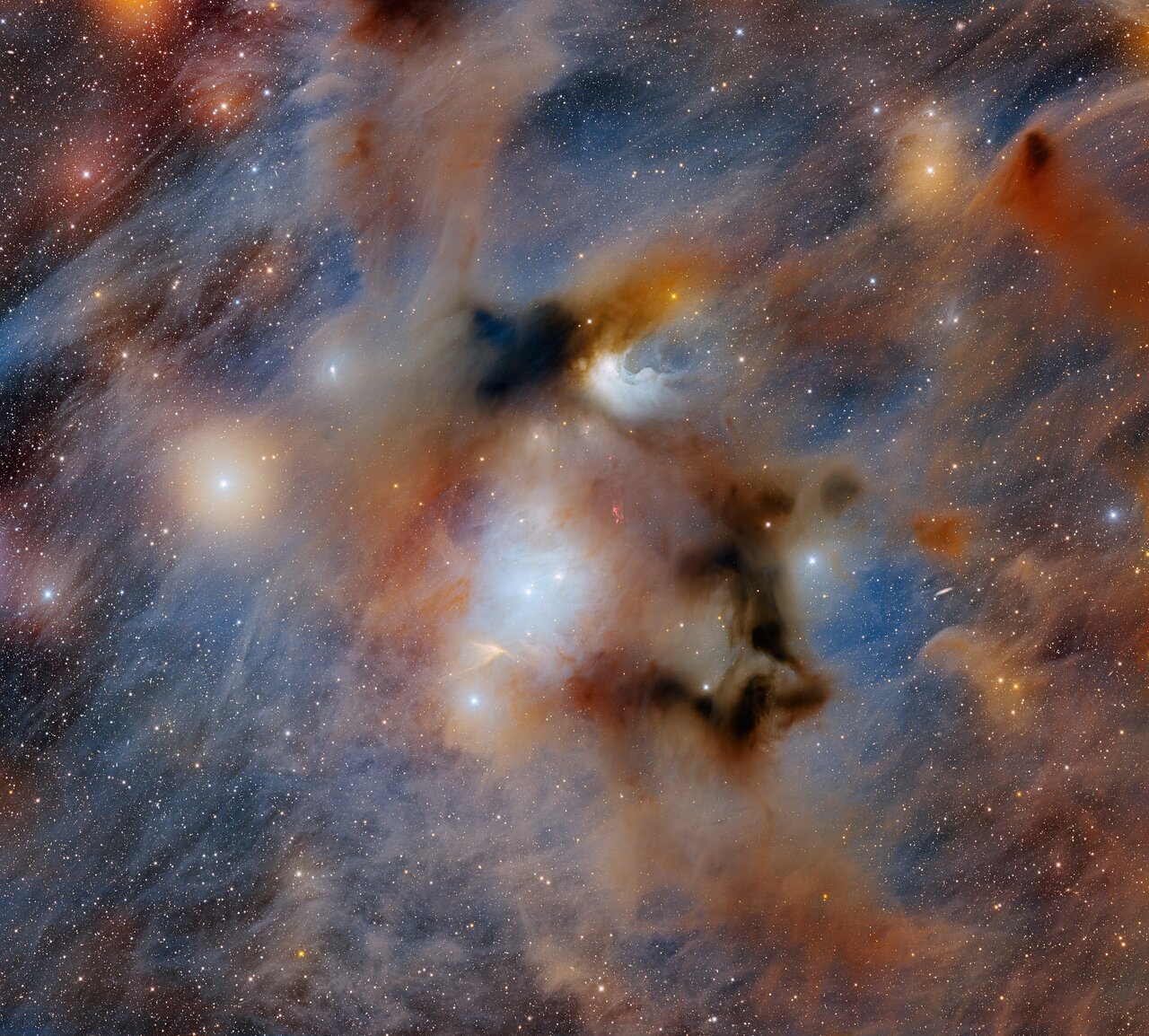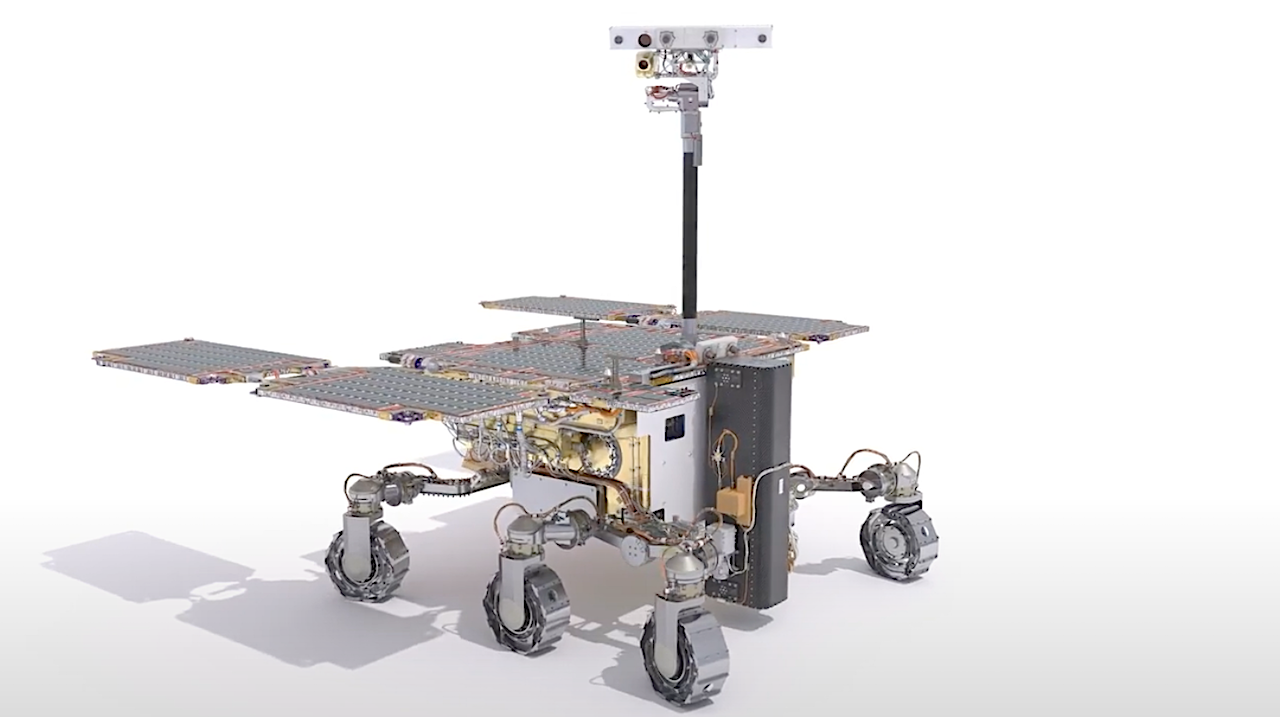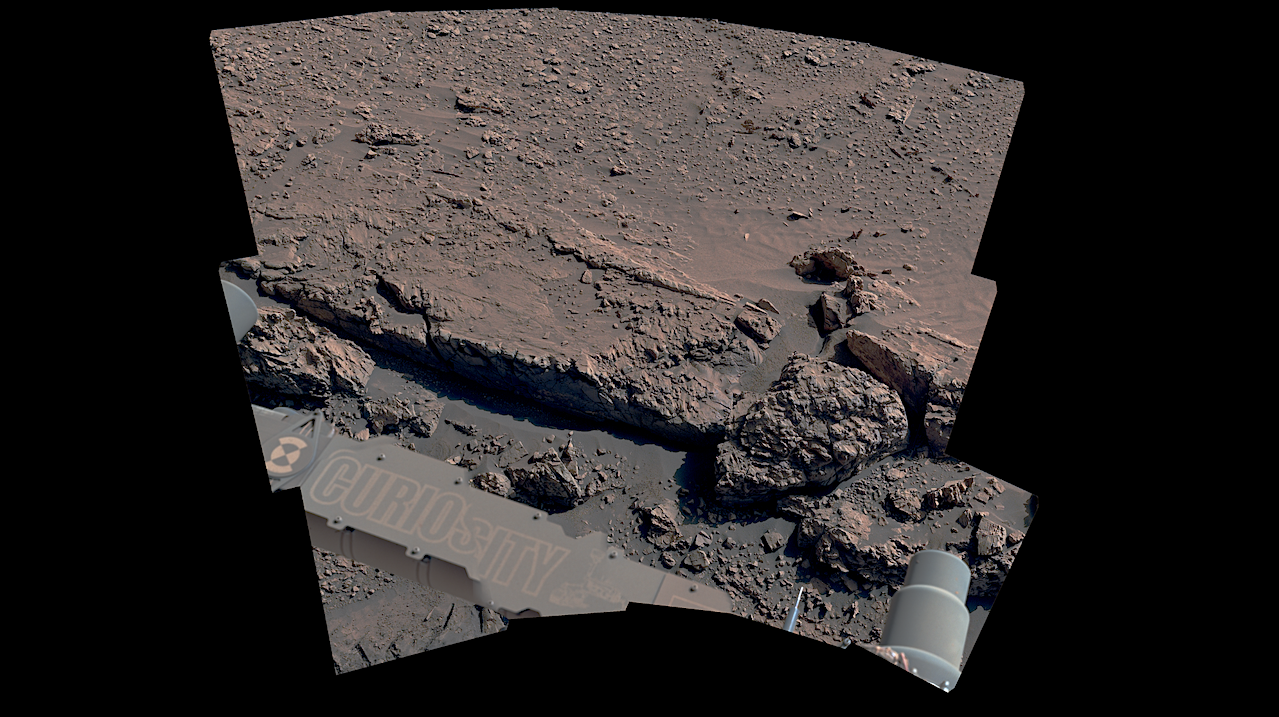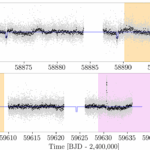Shortly after astronomers detected asteroid 2024 YR4 on December 27th, 2024, they realized it posed no threat to Earth. But it still might impact the Moon in 2032. The impact
Hot Posts300- Page
Look to the east before sunrise on June 22 to catch the delicate form of the crescent moon shining with Venus alongside the Pleiades star cluster. Stargazers in the U.S.
Did you ever hear the tragedy of ‘Star Wars: Underworld’, George Lucas’ cancelled Star Wars TV show?
Now that Andor has finished its two-season run to universal acclaim, fans have been thinking about what’s next for Star Wars TV shows. Granted, we’ve got plenty to look forward
An unexpectedly strong solar storm rocked our planet on April 23, 2023, sparking auroras as far south as southern Texas in the U.S. and taking the world by surprise. Two
Recent studies have hinted that at least some Type Ia supernovae could be best explained by a double explosion. And now astronomers have captured a new image proving this hunch
TOKYO — Despite a successful test flight of a reusable launch vehicle prototype last month, Honda has yet to decide whether to pursue development of an operational vehicle. To continue
The universe is full of cosmic masterpieces, none more so than this stunningly evocative vista of the Chamaeleon I dark cloud. Chamaeleon I is part of the closest star-forming complex
Superman may be a work of pulp fiction, but astronomers have identified where in space the alien immigrant hero’s home planet, Krypton, could have existed. And this location suggests maybe
ESA/NASA Rosalind Franklin rover — ESA The ESA/NASA Rosalind Franklin rover, planned for launch in 2028, will carry the first laser desorption ionization mass spectrometer (LDI-MS) to Mars as part
NASA’s Curiosity Mars rover viewed this low ridge, which looks a bit like a crumbling curb, on May 16. Scientists think the hardened edges of such ridges — part of
-
 012024 in Review: Highlights from NASA in Silicon Valley
012024 in Review: Highlights from NASA in Silicon Valley -
 02Panasonic Leica Summilux DG 15mm f/1.7 ASPH review
02Panasonic Leica Summilux DG 15mm f/1.7 ASPH review -
 03How New NASA, India Earth Satellite NISAR Will See Earth
03How New NASA, India Earth Satellite NISAR Will See Earth -
 04And Thus Begins A New Year For Life On Earth
04And Thus Begins A New Year For Life On Earth -
 05Astronomy Activation Ambassadors: A New Era
05Astronomy Activation Ambassadors: A New Era -
06SpaceX launch surge helps set new global launch record in 2024
-
 07Space Force plans new ‘Futures Command’ amid pressure to speed up modernization
07Space Force plans new ‘Futures Command’ amid pressure to speed up modernization


